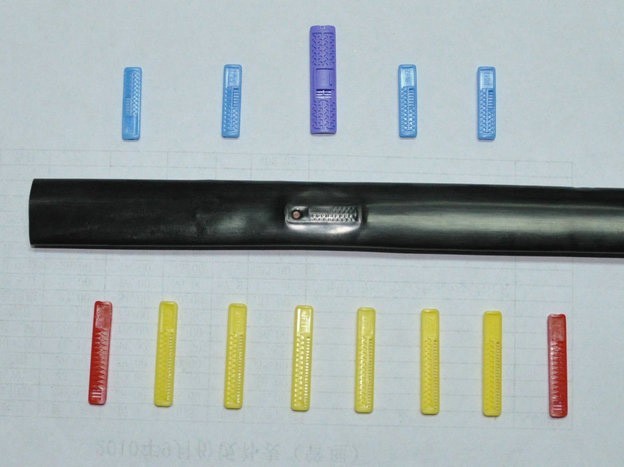6 common errors with drip irrigation systems
May 29, 2023

- Unreasonable irrigation system
The drip irrigation flow is low, and the user often does not see the irrigation process. If the irrigation time is too long, there will be a waste of deep leakage, and if the irrigation time is too short, the root system will experience moisture stress. To understand the irrigation strength of irrigation systems, plant water demand, and soil field water holding, irrigation is required according to plant moisture. Irrigation cycles and irrigation volumes are adjusted according to climate and plant stages of growth, and the same irrigation system cannot always be used.
- Using the wrong dripper
Drop heads are usually divided into 2 models, pressure and non-pressure compensation. Pressure compensation, while more expensive, but the effect is better. First, the pressure compensation drip head to ensure that each drop head out of water uniform, fertilization irrigation is the same;
- Lack of filtration equipment
Many users mistakenly believe that well water does not need to be filtered, but in fact well water often contains coarse sand, fine sand and some chemicals that clog the driphead. Common filters include filters, overlays, and media filters, and centrifugal filters are preferable if there is sand in the water. Before starting the installation of the filtration system, the physical and chemical composition of the water quality is analyzed and appropriate filtration facilities and drips are used according to the water quality.
- No fertilization by drip irrigation system
The simultaneous application of water fertilizer is the greatest advantage of drip irrigation. Plant root system growth has to water, to fertility, fertilizer with irrigation water application efficiency is the highest. However, the use of fertilization irrigation systems should be used to prevent fertilizer from being poured to prevent fertilizer from contaminating groundwater and other water sources.
- Lack of daily maintenance
Drip irrigation systems need to be carefully maintained for optimal performance. Where necessary, the drip irrigation pipe should be washed frequently to ensure smooth water flow. According to actual needs, periodically use an effective chemical treatment method to clean the pipeline.
- No pressure gauge and flow meter
These simple devices solve the problem of drip irrigation systems that cannot be accurately judged by the naked eye. The pressure gauge is used to detect the pressure of the tip, middle and drip irrigation tail of the drip irrigation tube, and the history of the design pressure or water pressure can be compared to determine the problem of the drip irrigation system. The flow meter can quickly determine the flow rate of the water source.

